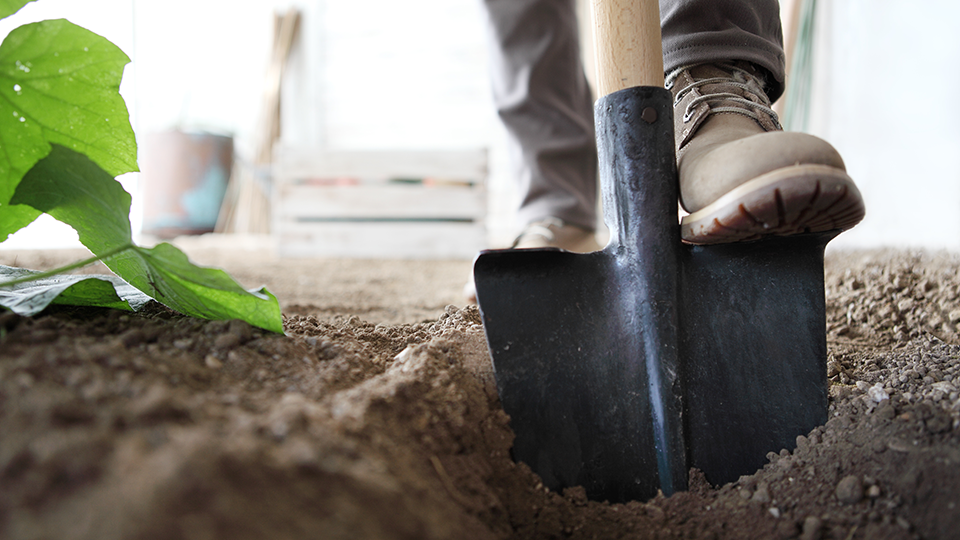
Protecting water with good gardening practices
Gardening is not my area of scientific study, but has been my hobby since 2006 when I worked on a fruit and vegetable farm in western Colorado. If you’ve ever been to western Colorado, you know it’s dry—very dry! If not for the Colorado River and its irrigation canals, the area would not be able to support much farming. Farmers in western Colorado are always thinking about water. But thinking about water is important when you’re farming or gardening no matter where you live. And while I may be biased by my current job at the St. Croix Watershed Research Station, I think many gardeners could benefit by taking some time to reflect on how their own gardens affect and are affected by water.
After my time in Colorado, I completed Master Gardener training in southeast Wisconsin and attended workshops at the Michael Fields Agricultural Institute while volunteering at Growing Power, an urban farm. I had obviously caught the gardening bug! It was during this time that I really started to think more about the interactions between soil and water.
I learned about the importance of soil structure in holding on to nutrients and water for plants to use later so it doesn’t all wash through the soil immediately. I learned how the freezing and thawing cycles of soil moisture in the upper Midwest help to build that structure and give us such rich soil. I also learned how easily that structure can be pulverized by the incredible power of rain droplets when soil is exposed during heavy rains.
So what can you do in your garden to promote and protect soil structure? I recommend taking three precautions:
Keep your soil covered as much as possible with mulch or living ground cover.
Don’t till your soil more than necessary.
Avoid planting annual crops on sloped areas.
Keeping your soil covered will reduce the direct impact rainfall has on splitting ‘soil aggregates’ (a fancy term for clumps of loosely bound soil). Tilling is needed for planting seeds directly and to help some transplants adjust, but remember that it is also breaking apart soil structure, so don’t go overboard. As climate change seems to be increasing rainfall intensity in our area, these protective measures are becoming increasingly important.
Let’s also consider how our gardening affects downstream waters, like the Mississippi River, and local lakes and streams. Intense rainfall does not just destroy soil structure, it can also wash away our soil. A thin layer here and there may not seem like a big problem in your garden, but it is important to know what washes away with that soil.
Soil is a complex and beautiful structure that has the capacity to hold on to important nutrients. Not only are those nutrients washing out of your garden, where you probably want to keep them, but they are washing into your local lakes and streams where they can feed unpleasant and/or unsafe algae blooms. That’s why I suggest you avoid planting annual crops on sloped areas—planting only perennials will help prevent this damaging erosion.
If you live in the city, like me, you might think your erosion is being captured in the storm drain, but that is not a solution. Storm drains typically go straight to local lakes and rivers without filtration. Leaves, soil erosion, and trash that gets washed down storm drains all end up polluting our local waterways. For more information about what you can do to protect your local lakes and rivers from storm drain pollution, see Pat’s post about the Adopt-a-Drain program.
So as you get your garden started this year, don’t forget about planning for and protecting one of the most important gardening resources we have—water.